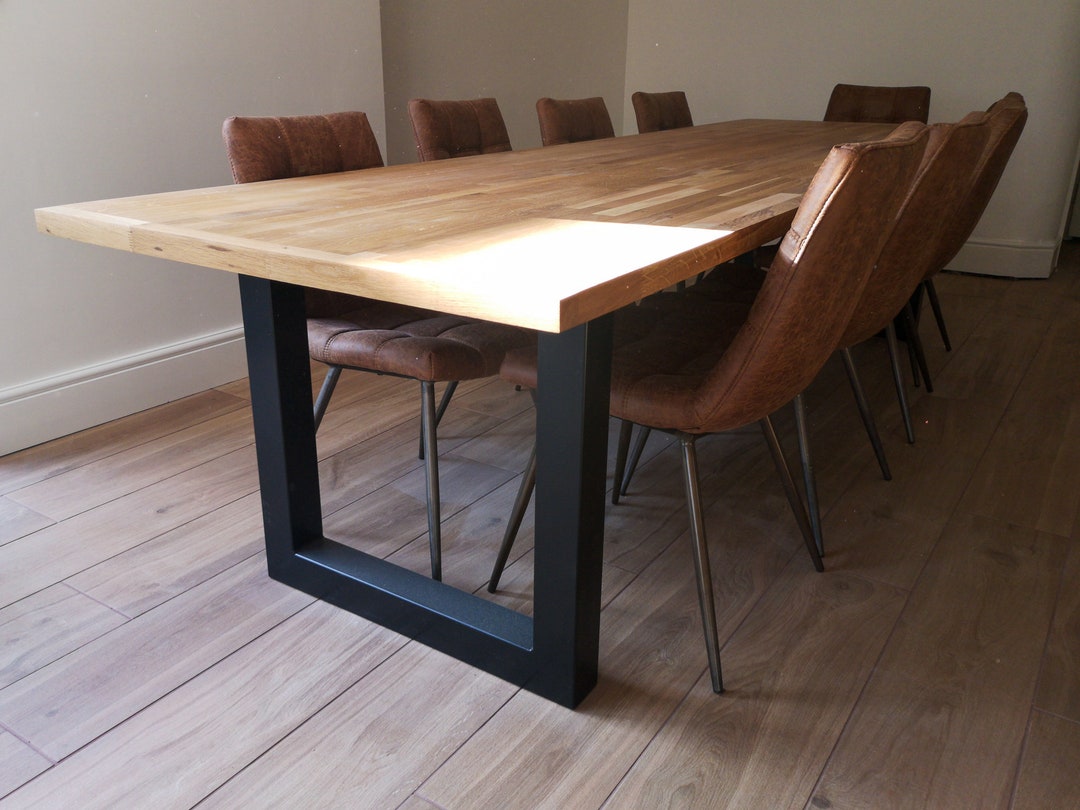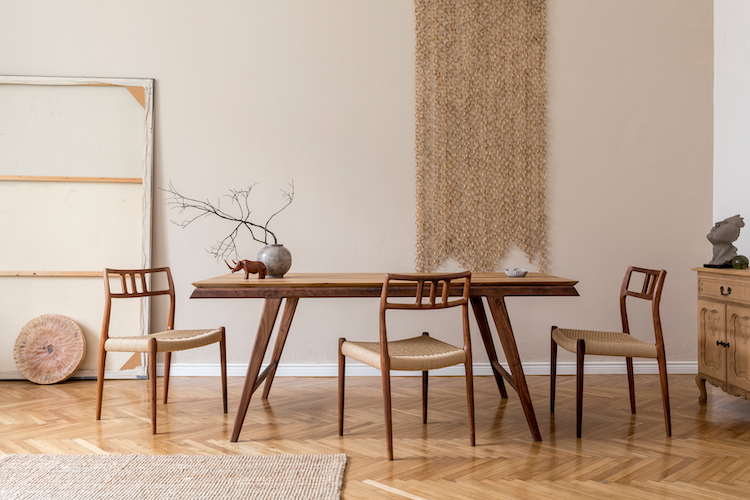The Top Trends in Dining Room Table Legs You Need to Know
The Top Trends in Dining Room Table Legs You Need to Know
Blog Article
From Typical to Modern: Discover the Perfect Eating Space Table Legs for Your Design
The choice of dining-room table legs plays an essential role in specifying the overall personality of your area, linking the space between traditional craftsmanship and modern aesthetics. While traditional designs such as cabriole and transformed legs stimulate a feeling of ageless sophistication, contemporary designs like barrette and geometric choices offer a chance for striking aesthetic passion. Evaluating the ideal equilibrium between these styles requires a nuanced understanding of your existing decoration and individual taste. As you take into consideration these components, the concern stays: just how can you seamlessly incorporate these varied leg designs to develop a harmonious dining experience?
Comprehending Table Leg Styles
The selection of dining-room table leg designs can dramatically affect both the appearances and capability of the area. Each leg design adds distinct visual elements and practical functions, satisfying diverse design preferences and use needs. Comprehending these designs is important for picking the right table that straightens with your overall indoor layout vision.
For example, conical legs offer a tidy, traditional appearance that can boost a space's elegance, while stand bases supply stability and make best use of legroom, making them optimal for smaller sized areas. Barrette legs, a hallmark of mid-century modern-day design, introduce an industrial flair, enabling for a ventilated, open feel. Likewise, trestle legs stimulate rustic appeal, supplying robust support and a sense of eternity.
In addition, the choice of materials plays a substantial duty. Wood legs can bring warmth and structure, whereas metal choices often communicate a streamlined, contemporary vibe. Eventually, comprehending table leg styles is necessary for developing a natural eating area that reflects personal design while making certain functionality and comfort. By attentively considering these elements, you can boost both the functional and visual charm of your dining space.
Typical Table Leg Options
When picking eating space table legs, traditional choices usually personify classic sophistication and workmanship. These styles show an abundant heritage and a commitment to top quality, making them suitable for those that value traditional aesthetic appeals.
One of the most renowned typical leg styles is the cabriole leg, characterized by its graceful bent form. This layout often features attractive carvings and is most frequently found in Queen Anne and Chippendale furnishings. One more popular choice is the transformed leg, which flaunts a collection of smooth, rounded forms that provide a classic appearance while maintaining stability.
Additionally, the straight leg, while straightforward, uses a basic and sturdy framework that can mix seamlessly with a range of tabletop styles. For those drawn to ornate detailing, claw-and-ball feet legs stimulate a sense of grandeur and can work as a magnificent centerpiece in any type of eating room.
Finally, stand bases, although not purely legs, give a different standard choice that enables for ample legroom and can be magnificently carved. Each of these typical leg styles contributes to the general ambiance of a dining room, marrying function with aesthetic charm.

Modern Table Leg Styles
Modern table leg layouts use a diverse variety of styles that emphasize cutting-edge materials and tidy lines. These layouts usually prioritize functionality while working as striking prime focus within an eating space. Minimal looks prevail, with legs crafted from products such as metal, glass, and crafted timber, which contribute to a modern and ventilated feeling.
One prominent design is the hairpin leg, characterized by its slim, tapered framework that gives security without overwhelming the tabletop (dining room table legs). This design is usually found in mid-century modern-day furnishings and can easily match various table shapes. One more pattern is the usage of geometric shapes, where legs might take on unbalanced or angular kinds, adding visual interest and navigate here a touch of artistry

Blending Designs for One-of-a-kind Rooms
Often, property owners look for to create unique eating rooms that show their individual style by blending various design elements. This method permits for the incorporation of diverse appearances, leading to a harmonious yet distinctive atmosphere. As an example, combining a rustic wood table with streamlined, modern steel legs can develop a captivating comparison that elevates the area's total charm.
In addition, incorporating vintage table legs with contemporary table tops can evoke a sense of history while maintaining a modern perceptiveness. Such mixes not only showcase individual taste however also motivate imagination, enabling home owners to curate a space that feels both individual and inviting.
Shade plays an essential function in this mixing procedure; picking table legs that enhance or contrast with the existing color pattern can boost visual rate of interest. Whitewashed legs can soften the boldness of a dark table surface area, creating a well balanced visual.
Tips for Picking the Right Legs
Choosing the right table legs is essential for attaining both performance and visual allure in your eating area. Begin by taking into consideration the general style of your space. website link Typical setups gain from legs that feature elaborate carvings or transformed styles, while contemporary spaces may require streamlined, minimalist styles.
Next, examine the elevation and stability of the legs. dining room table legs. Conventional dining tables vary between 28 to 30 inches in height, so ensure the legs match this measurement for comfort. In addition, durable materials, such as hardwood or metal, can boost stability and durability
Examine the leg shape as well-- options consist of directly, tapered, or stand designs. Straight legs provide a timeless look, while conical legs can add a touch of elegance. Pedestal bases offer ample legroom and are suitable for smaller sized areas.
Conclusion
In summary, picking the ideal eating space table helpful site legs requires cautious consideration of both modern and conventional designs. By balancing leg design, height, and product with the total décor, a natural and inviting atmosphere can be attained.
The range of eating space table leg designs can significantly affect both the appearances and functionality of the area. Eventually, recognizing table leg styles is vital for producing a natural dining location that mirrors individual style while guaranteeing practicality and convenience.One of the most legendary typical leg styles is the cabriole leg, identified by its graceful bent shape. Straight legs use a classic look, while conical legs can include a touch of beauty.In summary, choosing the ideal dining area table legs calls for cautious consideration of both standard and modern styles.
Report this page